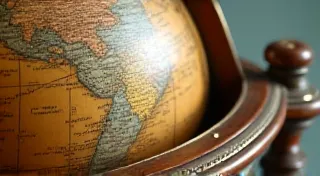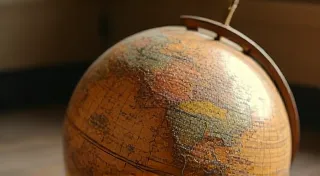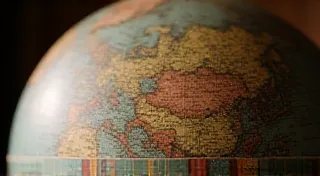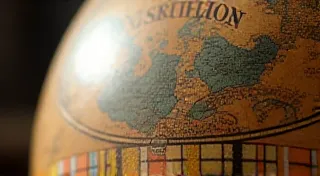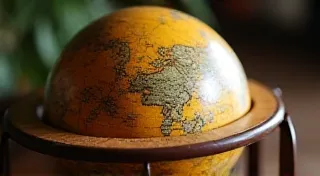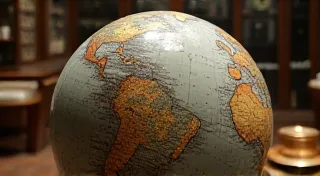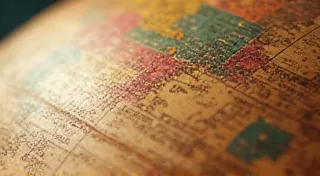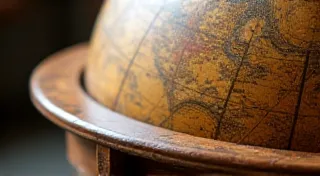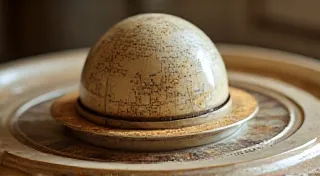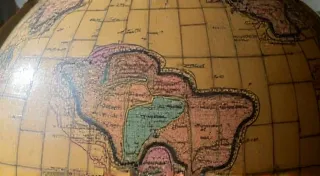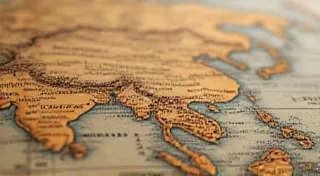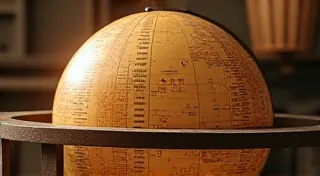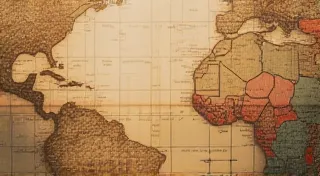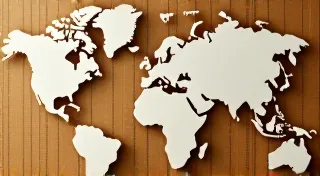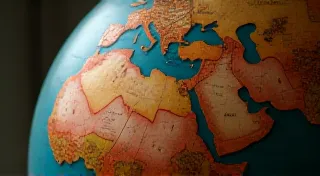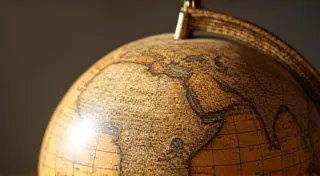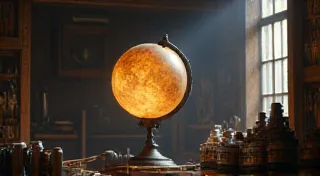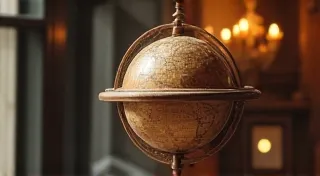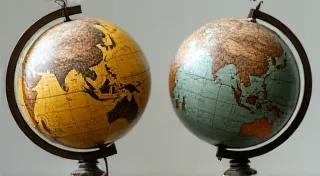Repairing Antique Globes: A Comprehensive Guide to Restoration
Welcome to a world of cartographic history and meticulous restoration! This website is dedicated to the fascinating art of repairing antique globes, offering detailed guides for those passionate about preserving these beautiful and historically significant artifacts. Owning an antique globe is like holding a piece of the past in your hands – a tangible representation of exploration, discovery, and evolving geographical understanding. However, time and circumstance often take their toll, leaving these treasures in need of careful and respectful restoration.
Whether you're a seasoned collector or a curious novice, you're likely drawn to the allure of vintage maps and the stories they tell. Our aim is to empower you with the knowledge and techniques required to maintain and repair your own globe, from basic cleaning to complex paper restoration. We understand that each globe presents a unique set of challenges, and we strive to provide practical, step-by-step advice that respects the integrity of the original materials and construction. This includes a thorough understanding of globe repair techniques, from minor touch-ups to more involved structural work.
Understanding the Value of Antique Globes
Collectible globes are more than just decorative objects; they are invaluable historical documents. They reflect the world as it was understood at the time of their creation, often incorporating political boundaries, colonial holdings, and navigational techniques that have long since changed. Examining an antique globe is like peering into the past, tracing the paths of early explorers, and understanding the evolution of geographical knowledge. The details within the globe cartouches, those decorative title panels often found on globes, are especially rich in historical information and contribute significantly to the globe’s character. To truly appreciate them, consider learning about "Understanding Globe Cartouches: History and Restoration".
The influence of exploration on the cartography of antique globes is profound. Early voyages of discovery – those charting the Americas, Africa, and the Pacific – drastically altered the maps of the world, and these changes are clearly visible on antique globes.
Common Challenges in Globe Restoration
Restoring antique globes is a delicate process that demands patience, skill, and a deep understanding of the materials involved. Many globes suffer from common issues, including cracking, warping, and discoloration of the paper. Common Globe Damage: Cracking, Warping, and Discoloration provides a detailed overview of these problems and outlines potential solutions. Proper globe repair often involves addressing these issues directly.
Fading ink on antique globe maps is another frequent challenge, often obscuring important details and reducing the globe’s overall visual appeal. Fortunately, there are techniques for addressing this issue. Learn how to tackle “Dealing with Fading Ink on Antique Globe Maps” and preserve the details of these unique artifacts.
Materials and Construction: A Foundation for Restoration
Understanding the materials of antique globes - the paper, the paints, and the construction techniques – is paramount to successful restoration. The type of paper used, the pigments in the inks, and the methods of applying the map to the globe’s sphere all influence the best approach to repair. "The Materials of Antique Globes: Paper, Paint, and Construction" provides a detailed analysis of these components, helping you make informed decisions throughout the restoration process. Knowing the properties of these materials is essential for effective globe repair.
Restoring the Globe Paper: A Delicate Art
The paper itself presents the most significant restoration challenges. Tears, losses, and warping are common, requiring specialized techniques to repair without causing further damage.
Repairing Globe Paper Tears
Even seemingly minor tears can compromise the paper’s structural integrity and contribute to further damage. Learn how to approach “Repairing Globe Paper Tears: Techniques for Gentle Mending”, ensuring the mended area is both strong and inconspicuous.
Dealing with Paper Loss
When sections of the map are missing, the restoration process becomes more complex. "Repairing Globe Paper Loss: Inpainting Techniques for Minimal Visibility" explores advanced techniques for recreating lost details while maintaining the original appearance.
Replacing Missing Sections
In extreme cases, when significant portions of the map are missing, replacement may be necessary. "Replacing Missing Globe Paper Sections: When and How" explains the considerations and techniques involved in this more invasive process. This should be a last resort, as it inevitably alters the globe’s originality.
Stabilizing Warped Paper
Warped paper can make handling and displaying the globe difficult and can exacerbate existing damage. “Stabilizing Warped Globe Paper: Methods for Flattening and Preservation” details techniques for flattening and preserving the paper's integrity.
Repairing Loose Paper
Often the paper will detach itself, leaving it fragile and more easily damaged. It’s crucial to learn “Repairing Loose Globe Paper: Securing the Map Without Damage” to reinforce the adhesive without harming the valuable artifact.
Cleaning the Paper
Accumulated dirt and grime can obscure the map’s details and contribute to paper deterioration. "Cleaning Antique Globe Paper: Removing Dirt and Grime Safely" provides guidelines for safe and effective cleaning methods.
Understanding Meridian Bands
Meridian bands are vital structural components of antique globes, providing stability and allowing the globe to rotate smoothly. The type of materials used, their condition, and the methods used to restore them are unique and challenging. “Understanding Meridian Bands: Types, Materials, and Restoration” delves into this often-overlooked aspect of globe restoration. A solid understanding of globe repair includes the meridian bands.
The Stand and its Restoration
The globe stand itself – whether made of wood or metal – is an integral part of the globe’s aesthetic and historical significance. Restoring the stand requires careful attention to the original finish and construction techniques. Learn about "Globe Stand Restoration: Wood, Metal, and the Original Finish".
We hope you find this website a valuable resource for your globe restoration endeavors. Remember, patience, care, and respect for history are the keys to success!
Related Topics:
